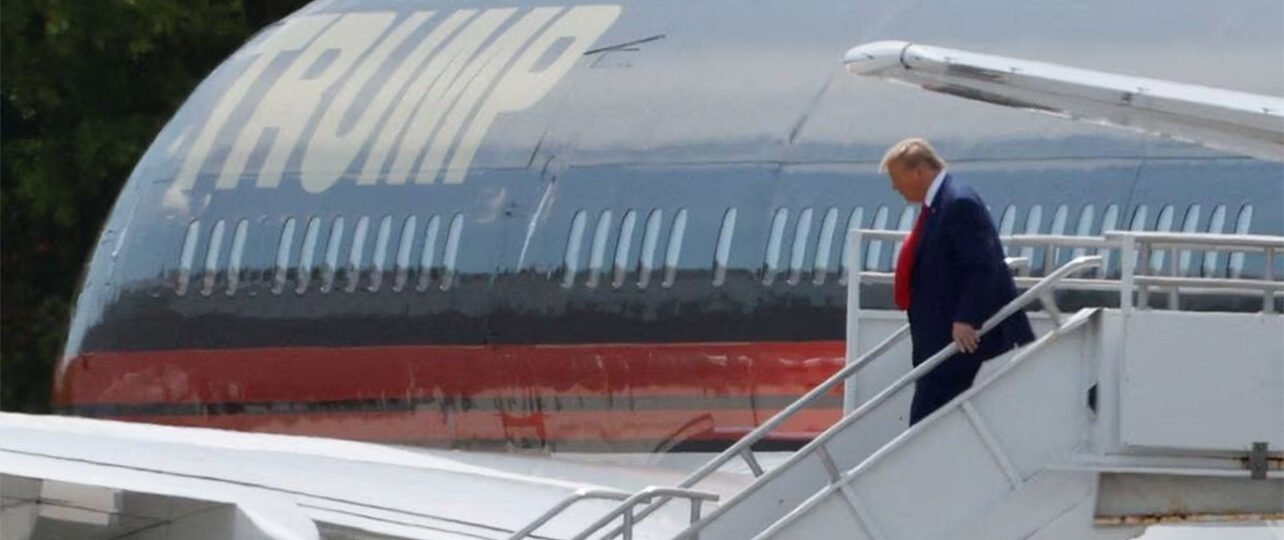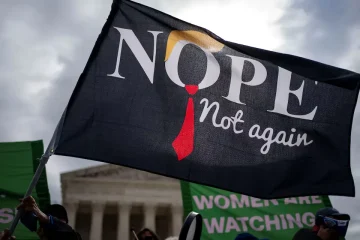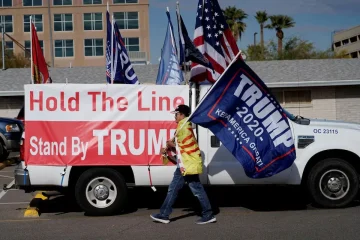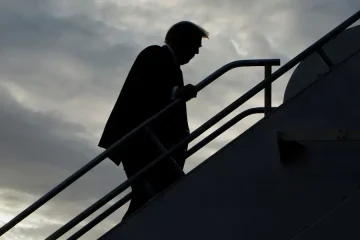[tta_listen_btn listen_text=”Audio” pause_text=”Pause” resume_text=”Resume” replay_text=”Replay”]
EVEN when he was president, Donald Trump lacked the legal authority to declassify a U.S. nuclear weapons-related document that he is charged with illegally possessing, security experts said, contrary to the former U.S. president’s claim.
The secret document, listed as No. 19 in the indictment charging Trump with endangering national security, can under the Atomic Energy Act only be declassified through a process that by the statute involves the Department of Energy and the Department of Defense.
For that reason, the experts said, the nuclear document is unique among the 31 in the indictment because the declassification of the others is governed by executive order.
“The claim that he (Trump) could have declassified it is not relevant in the case of the nuclear weapons information because it was not classified by executive order but by law,” said Steven Aftergood, a government secrecy expert with the Federation of Atomic Scientists.
The special status of nuclear-related information further erodes what many legal experts say is a weak defence centred around declassification. Without providing evidence, Trump has claimed he declassified the documents before removing them from the White House.
Prosecutors likely will argue that declassification is irrelevant because Trump was charged under the Espionage Act, which predates classification and criminalizes the unauthorized retention of “national defence information,” a broad term covering any secrets that could be helpful to the nation’s enemies.
Document No. 19 is marked “FRD,” or Formerly Restricted Data, a classification given to secret information involving the military use of nuclear weapons. The indictment described it as undated and “concerning nuclear weaponry of the United States.”
RULES FOR NUCLEAR DATA
Trump, who pleaded not guilty on Tuesday, has said he declassified while still in office the more than 100 secret documents he took to his Florida resort home, Mar-a-Lago, a contention echoed by Republican lawmakers and other supporters.
But Aftergood and other experts said that the Atomic Energy Act (AEA) of 1954 – under which the Department of Energy oversees the U.S. nuclear arsenal – defines a process for declassifying nuclear weapons data, some of the U.S. government’s most closely guarded secrets.
“The statute is very clear. There’s nothing that says the president can make that decision,” said a former U.S. national security official familiar with the classification system, who asked to remain anonymous.
The most sensitive nuclear weapons information is classified as “RD,” for Restricted Data, and covers warhead designs and uranium and plutonium production, according to a DOE guide entitled “Understanding Classification.”
The Department of Energy downgrades from RD to FRD nuclear weapons data it needs to share with the Pentagon, but the materials remain classified, experts said.
Materials classified as FRD include data on the U.S. arsenal size, the storage and safety of warheads, their locations and their yields or power, according to the guide.
FRD information only can be declassified through a process governed by the AEA in which the secretaries of energy and defence determine that the designation “may be removed,” according to a Justice Department FAQ sheet.
Not everyone agrees that the president lacks the power to declassify nuclear data.
David Jonas, who served for 10 years as general counsel for the U.S. National Nuclear Security Administration, the Department of Energy division that oversees the nuclear arsenal,
said Trump had the constitutional authority to declassify all classified documents under the “unitary executive theory,” which holds that Congress cannot limit the president’s control over the executive branch.
“The president is the executive branch and so he can declassify anything that is nuclear information,” he said.
Elizabeth Goitein, a national security law expert at the Brennan Center for Justice, said the U.S. Constitution gives Congress the authority to limit presidential power related to most national security issues and “there is no question it can legislate in this area.”
While the president can request declassification of FRD materials, “it’s got to go through both DOE (Department of Energy) and DOD (Department of Defense). And it takes forever,” said Thomas Blanton, director of the National Security Archive.
FRD materials must be stored in a properly secured space, said Aftergood. “Sticking it in your bathroom would not qualify,” he said, referring to the indictment’s allegation that Trump stored classified documents in a Mar-a-Lago bathroom.














